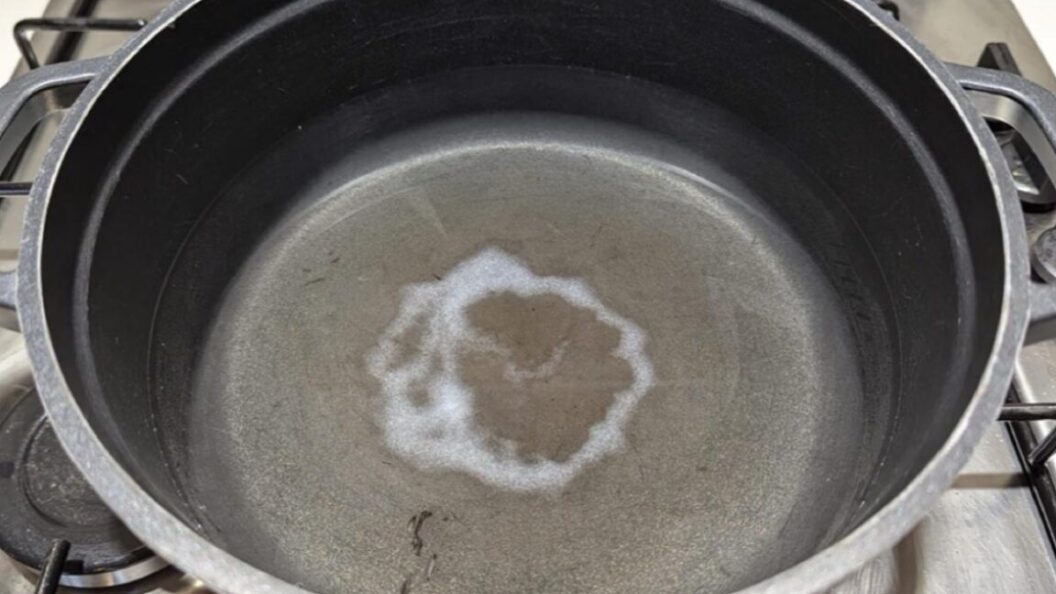Investigating Particle Settling: Insights from a Simple Experiment
Researchers have uncovered complex interactions between falling particles in fluid dynamics through an accessible laboratory experiment. Using borosilicate glass beads to simulate grains of salt, physicists conducted a study that reveals significant principles of sedimentation and particle dynamics. The findings, published in Physics of Fluids, illustrate foundational concepts that extend beyond mere academic interest, offering implications for various industrial and environmental contexts.
Experimental Setup
In their study, scientists employed spherical borosilicate glass beads of various diameters, representing particles like salt grains. These beads were introduced in fixed volumes into cylindrical tubes filled with water. Upon releasing the beads by opening the tube’s bottom, high-speed photography was utilized to capture the particles’ settling behavior. A Nikon D300 camera, along with a uniformly lit LED screen to provide a consistent background, facilitated detailed observations of particle motion.
Key Findings
The results highlighted that a single particle tumbling through the water creates a wake that influences the surrounding fluid dynamics due to gravitational pull. When multiple particles are released simultaneously, each one interacts with the wake of its neighbors, complicating the overall flow pattern. This leads to an unexpected horizontal distribution of falling particles that expands radially, resulting in different deposit morphologies.
Particles released from shorter heights tend to form more orderly patterns with clear central areas, while those released from greater heights create expansive, circular distribution patterns before eventually settling. As the distant wakes cease to interact with adjacent particles, these particles establish a homogeneous deposit resembling a salt ring.
Insights into Physical Mechanisms
According to lead researcher M. Souzy, “These are the main physical ingredients, and despite its apparent simplicity, this phenomenon encompasses a wide range of physical concepts such as sedimentation, non-creeping flow, long-range interactions between multiple bodies, and wake entrainment.” Significantly, they discovered that larger particles exhibit a greater degree of radial shift compared to smaller ones, thus enabling the possibility of sorting particles by size through this method of dropping them into a water tank.
Broader Implications
The relevance of these findings stretches beyond experimental physics. The authors note their potential application in geophysical and industrial scenarios, especially concerning the "discharge of dredged materials and industrial waste into rivers, lakes, and oceans." Understanding the behavior of both solid waste and the interacting fluid is crucial, particularly in contexts that involve contaminated materials.
Conclusion
This exploration of particle behavior in fluid dynamics showcases how simple observations can unveil a wealth of complex interactions at play in everyday phenomena. The study encourages further investigation into sedimentation processes which can have significant environmental and industrial implications. By grasping the intricate dynamics of particle motion in liquids, scientists not only enhance academic understanding but also pave the way for improved practices in waste management and environmental conservation.









